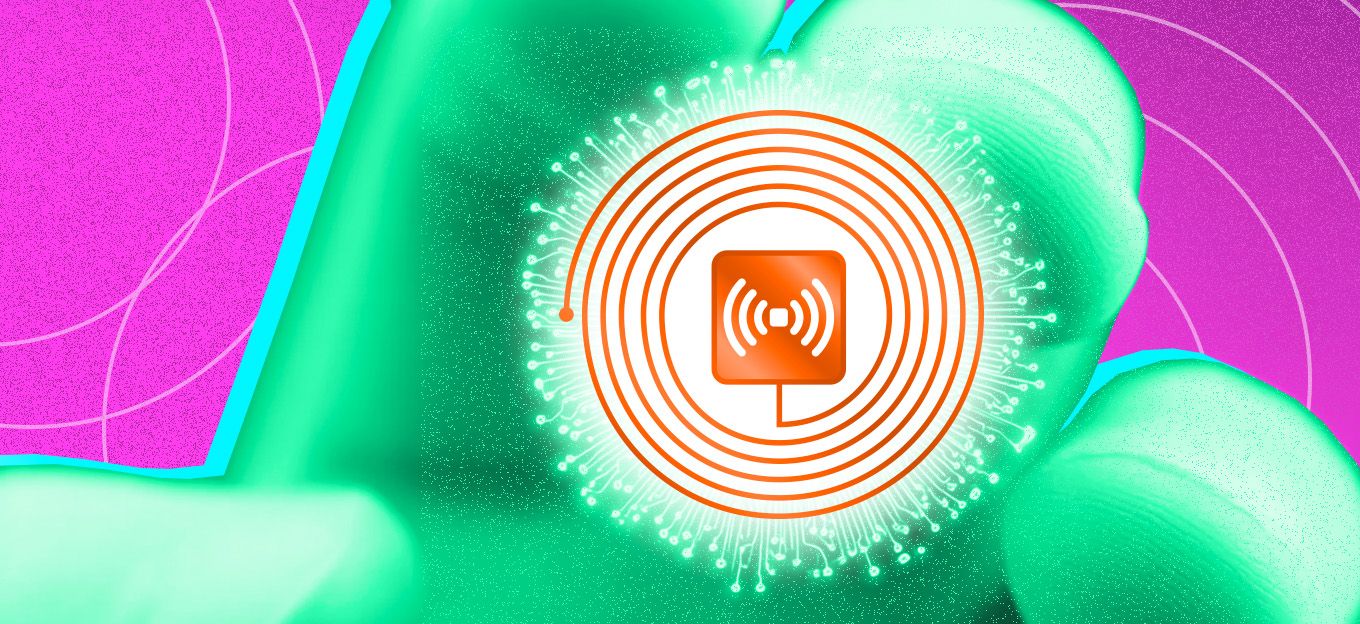Techniques to Transform Physical Items Into IoT Connected Devices
Techniques to Transform Physical Items Into IoT Connected Devices
- Last Updated: December 2, 2024
Guest Writer
- Last Updated: December 2, 2024



The IoT categorization of devices is often misconstrued as new, “higher-tech” versions of existing products. Take, for instance, IoT-connected smart thermostats or IoT-enabled cars. Today, we have access to thousands of IoT-enabled devices that are iterations on existing technologies that are, without a doubt, making life more pleasant, safer, and healthier than ever before.
In fact, as we assess most of today’s products, nearly all of them can be classified as an IoT-connected product simply by registering a product with a simple NFC tag or QR code. So, whether you realized it or not, nearly anything from packaging to clothing to even physical spaces can become part of the larger ecosystem of the Internet of Things.
IoT-connected devices are rapidly providing value in nearly every industry; here's a rundown on how any device can become an IoT-connected device.
How to Transform Any Physical Item into an IoT Device
As noted before, nearly anything that can become an IoT device platform can be as simple as adding a QR Code or an NFC tag to the product or its packaging. To build on this, as these NFC and QR code technologies continue to become more sophisticated, we can now find NFC and QR technology influencing providing value in other areas such as connected art galleries to smart outdoor trails. And in doing so, you’ve effectively connected this product or service to the IoT ecosphere.
The Benefits of Making Every Product Smart
Today, as most of us know, technology quickly removes tedious processes that act as barriers between a consumer and a targeted result. Take, for example, touchless pay. Many consumer-based activities can be accomplished with touchless pay by simply scanning or tapping with a POS device with a smartphone. This simple act of tapping, sliding, or scanning has removed hurdles and created a more streamlined consumer experience, driving user satisfaction leading to more sales. Again reemphasizing the fact that nearly anything can become an IoT device.
The real value for consumers is that — when used in conjunction with a smart product platform — NFC and QR provide a dynamic and personalized mobile experience customized to the product level.
Why Now for QR and NFC?
QR codes and NFC tags have seen drastic recent growth, accelerated by consumer demands for a contactless world during the pandemic. With consumers becoming more and more familiar with these technologies, brands will continue to demand a barrier-free way to connect to products. Furthermore, as brands see that removing these boundaries increases growth, you’ll be sure to see more creative IoT-enabled strategies come online to make it easier for consumers to make purchases.
Deliver Better Consumer Experiences
When products, packaging, and spaces are connected, users are immersed in a better consumer experience. Beyond just linking to a website, products attached to a connected products platform display item-specific content — all with no additional app required.
For example, a connected clothing item can provide far more information than a physical label. A digital experience can include extensive care instructions, a video history of how the object was made, related products that compliment the garment, and even instructions on how best to recycle or resell the item to keep it out of the landfill.
Connected products deliver a long-lasting consumer experience that adds value through information catered to where they are in the product's lifecycle. When any physical thing can be transformed into an IoT-connected device, consumer and business possibilities are nearly limitless.
The Most Comprehensive IoT Newsletter for Enterprises
Showcasing the highest-quality content, resources, news, and insights from the world of the Internet of Things. Subscribe to remain informed and up-to-date.
New Podcast Episode

Moving Past the Pilot Phase in IoT and AI
Related Articles





